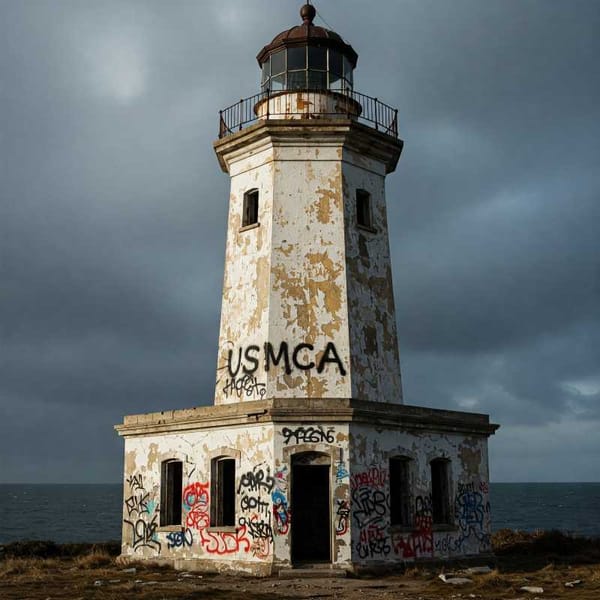African slavery, the slave trade, and European colonialism
It is estimated that between the 16th century and the end of the 19th century, around 12.5 million Africans were forcibly removed from their lands of origin and taken to the Americas to be sold and to perform forced labor of various kinds.





